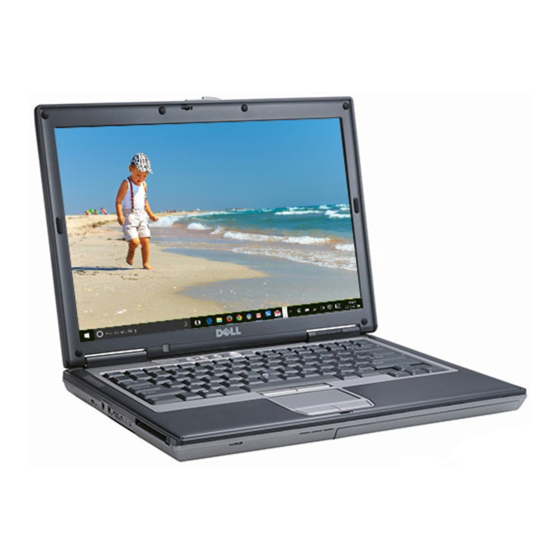
Table of Contents
Advertisement
Quick Links
Contents
Introduction .................................................................................................................................................. 4
Navigation ................................................................................................................................................. 4
Safety Guidelines ...................................................................................................................................... 4
Additional Information . ............................................................................................................................. 5
Dell Latitude D and E Series, Precision, and Vostro Chassis Awareness . ...................................................... 5
Objective ................................................................................................................................................... 5
The Dell Notebook Chassis . ....................................................................................................................... 5
Types of Components ............................................................................................................................... 6
Components of a Dell Notebook Chassis .................................................................................................. 7
The components of a Dell notebook chassis include but are not limited to: ....................................... 7
Front View . ............................................................................................................................................ 7
Top View ............................................................................................................................................... 8
Bottom View ......................................................................................................................................... 9
Rear View .............................................................................................................................................. 9
Right Side View ................................................................................................................................... 10
Left Side View . ..................................................................................................................................... 10
Key Components That Can Be Removed or Replaced ............................................................................ 11
Significance of the Keyboard Bezel ......................................................................................................... 14
Dell Latitude XT Chassis Awareness . ........................................................................................................... 14
Objective ................................................................................................................................................. 14
The Latitude XT ....................................................................................................................................... 14
Product Design . ................................................................................................................................... 14
Chassis Front ....................................................................................................................................... 15
Chassis Left . ......................................................................................................................................... 16
Chassis Right ....................................................................................................................................... 16
Chassis Rear ........................................................................................................................................ 17
1 | P a g e
TM
Dell
Training for Notebook Systems
Advertisement
Table of Contents
Troubleshooting











Need help?
Do you have a question about the Latitude D Series and is the answer not in the manual?
Questions and answers